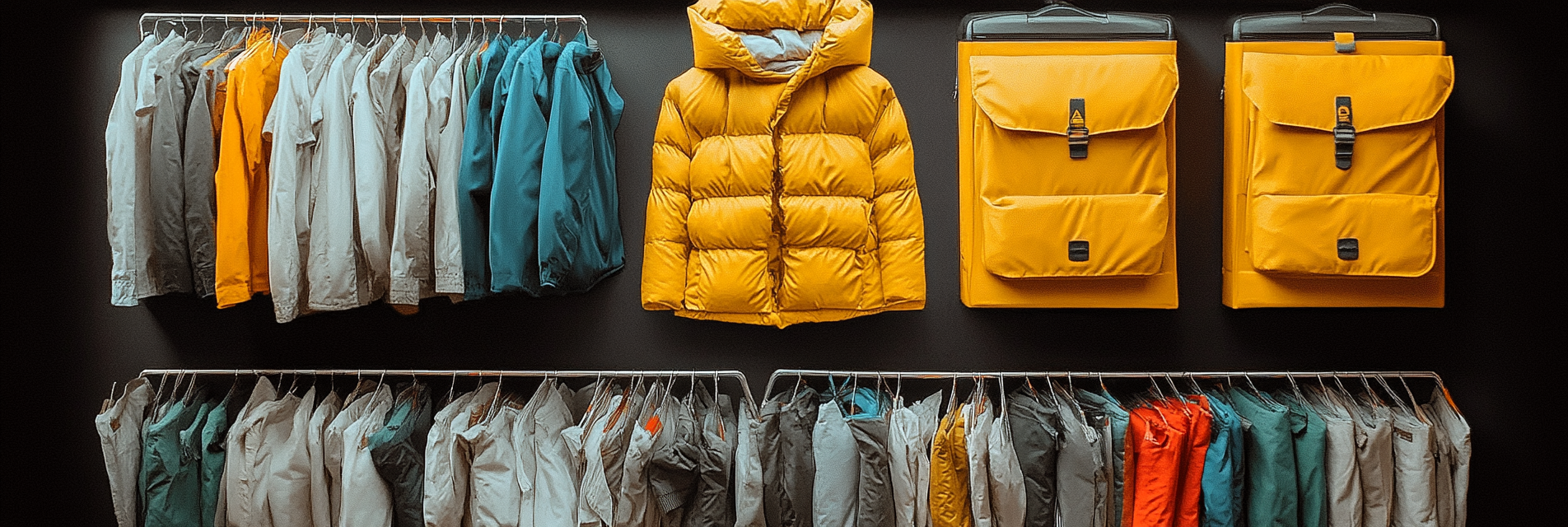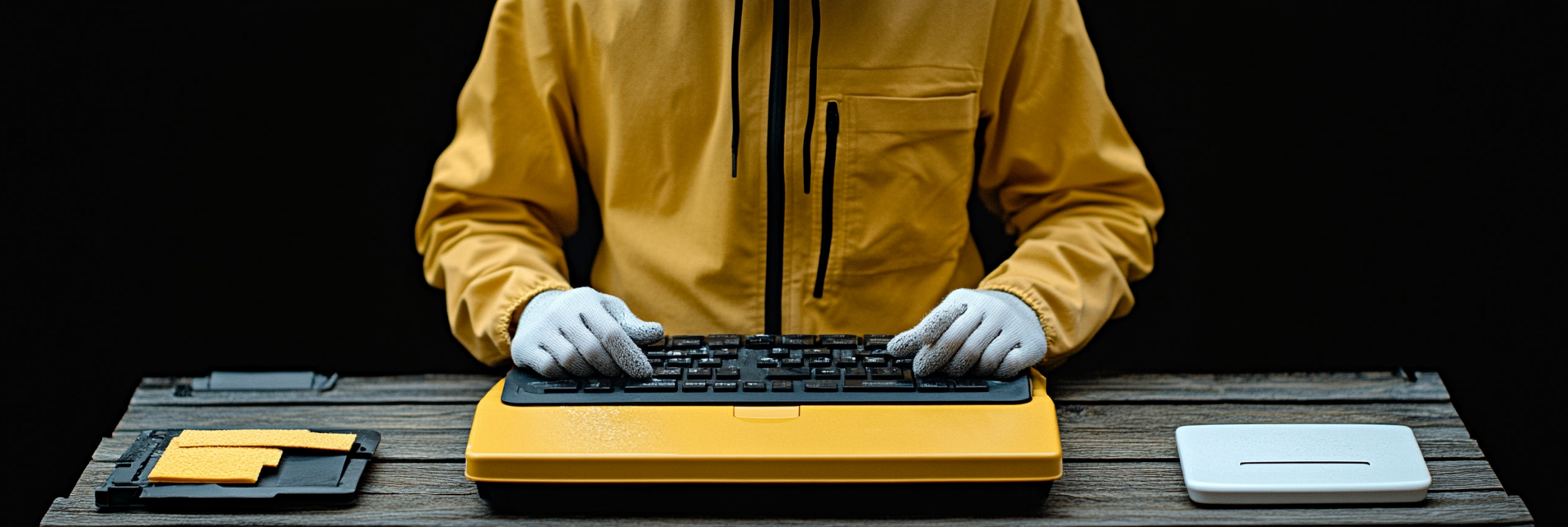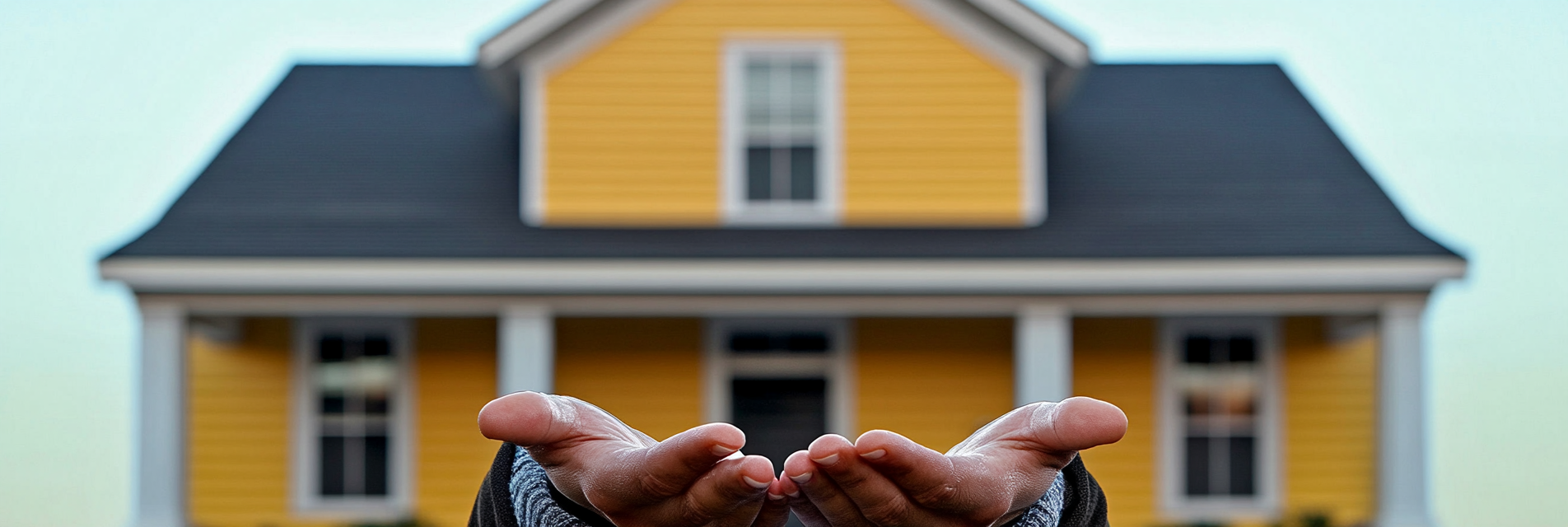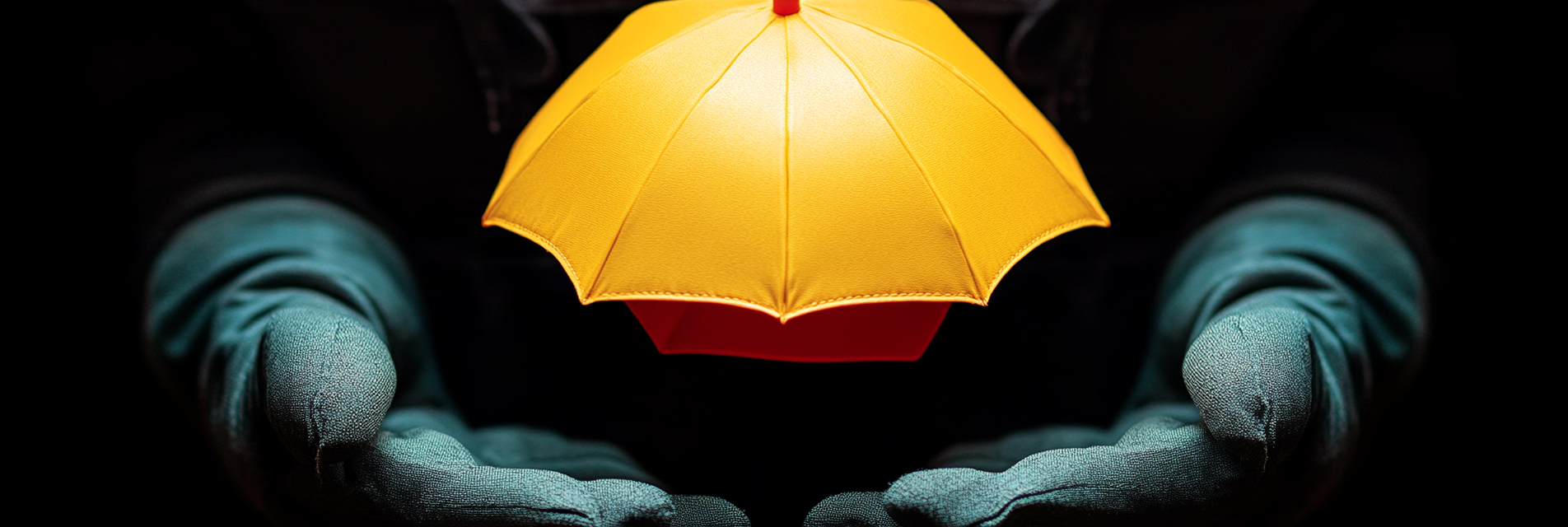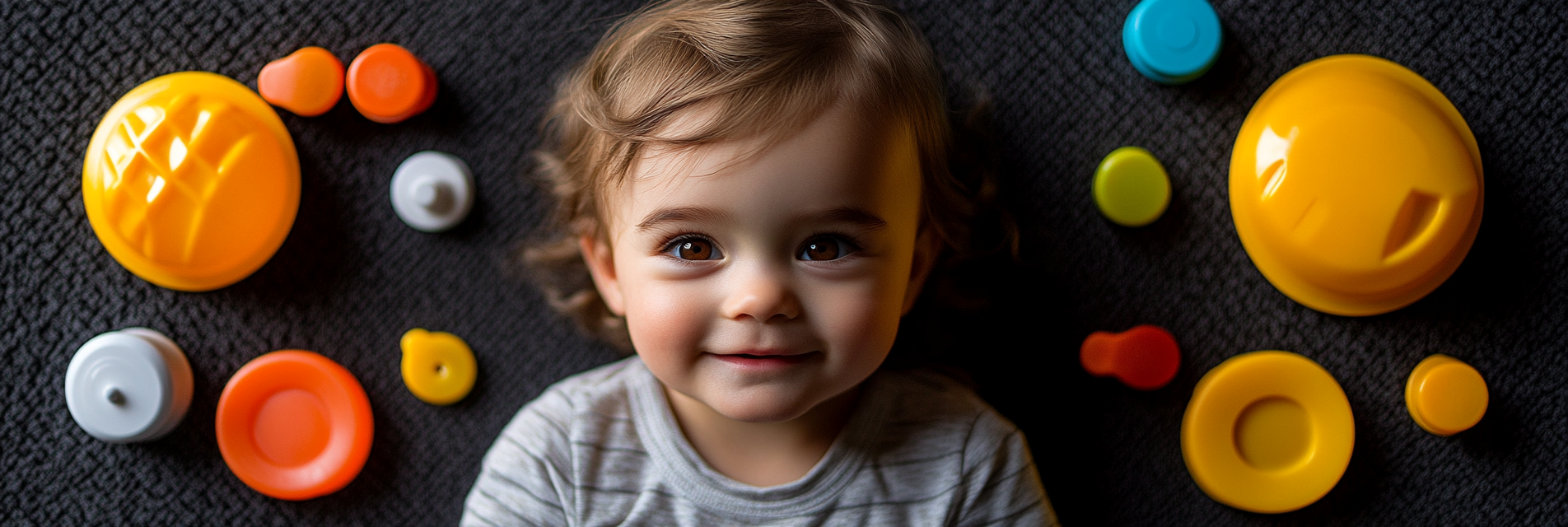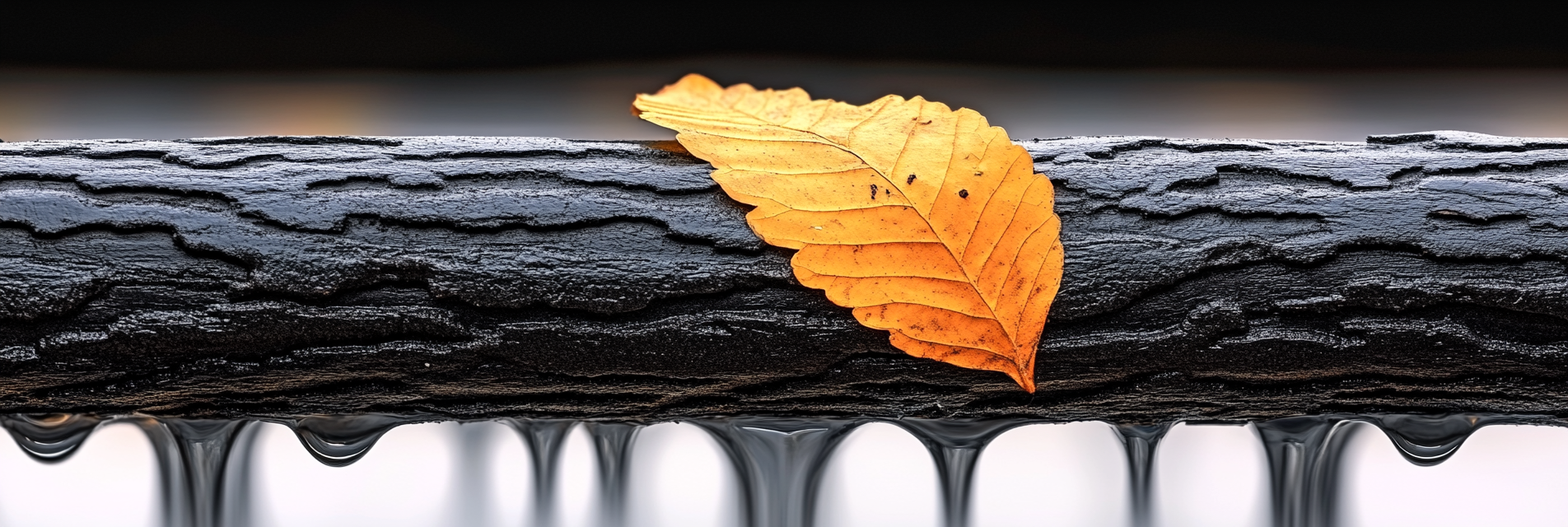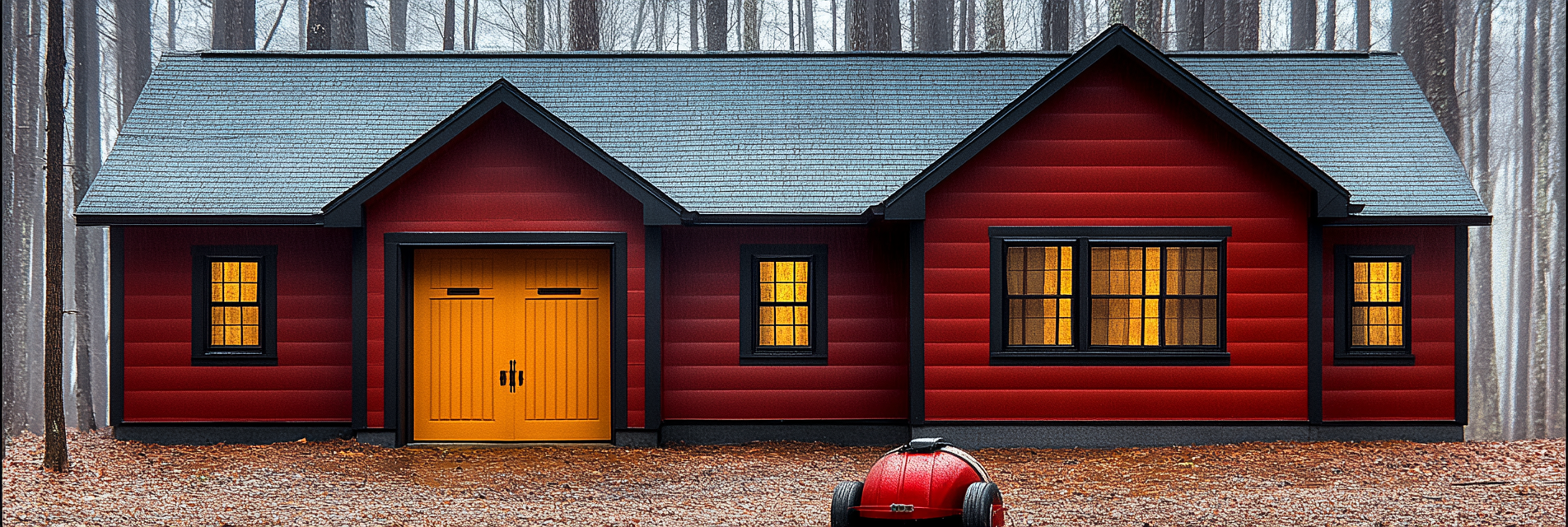This is for all you DIYers out there. Are you listening Kennewick, Pasco, and Richland? Here’s some questions: Are your properly outfitted to make sure you are safe when performing maintenance on your home or property? What about when making repairs? What if there was an emergency? Do you have the right protective equipment and gear? This article focuses on the various types of safety gear, their uses, and how they make sure you stay safe. We will discuss personal protective equipment (PPE), so you know what you should have on hand to prevent injuries and keep your risk low.
Why It Matters
Like so many homeowners here in the Tri-Cities, we all engage in activities that are hazardous – like using power tools, handling harmful chemicals, and even managing fire safety equipment. We need to make sure we’re using the appropriate protective gear to reduce the risk of injury and ensures that whatever we are doing can be done safely and effectively. Whether preparing for emergencies or just doing some routine home maintenance, having quality protective gear is the first step in making sure you stay safe.
Protective Gear for Home Maintenance
Certain protective items are must-haves for basic home maintenance:
- Safety Glasses or Goggles: Protects eyes from debris, dust, and chemical splashes when doing things like drilling, sawing, or cleaning with harmful agents.
- Gloves: Different types of gloves should be available, like rubber gloves for chemicals, and leather gloves for doing yard work or handling sharp things.
- Dust Masks and Respirators: These prevent inhalation of harmful particles, dust, and fumes. Respirators are mandatory in our opinion when working with paint, solvents, or insulation.
- Hearing Protection: Earplugs or earmuffs protect against loud noises when using power tools or working near loud machinery, like your lawnmower or leafblower.
- Knee Pads: Definitely needed when kneeling for extended periods, such as tiling or floor installation. You will keep from experiencing knee strain.
Emergency Protective Equipment
Having safety gear on hand for emergencies is paramount to staying safe:
- Fire Extinguishers: Keep multi-purpose (ABC-rated) fire extinguishers in locations such as the kitchen, laundry room, and garage. Not a bad idea to keep one in the laundry room, near your DRYER!
- Fire Blankets: Fire-resistant blankets can be used to smother small fires or provide temporary protection during evacuation. We have some clients who have these hanging on their dryer between it and the wall or the washer.
- Smoke and Carbon Monoxide Detectors: These devices provide early detection of fires and gas leaks, alerting residents to potential dangers.
- First Aid Kit: A quality kit should include bandages, antiseptic wipes, gauze, tweezers, and emergency medications.
- Flashlights and Headlamps: Battery-operated or rechargeable flashlights and headlamps give you reliable lighting during power outages or emergencies.
Protective Gear for DIY and Home Projects
When taking on home improvement projects, the right protective gear ensures safety and reduces the risk of accidents:
- Tool Belts: A tool belt helps keep your tools within reach (so you’re not bending over constantly) and minimizes trips or falls since the tools are laying on the floor.
- Steel-Toe Boots: These provide foot protection from heavy objects or accidental drops, essential for construction or heavy-duty DIY projects. Just don’t wear them when working with wiring.
- Protective Clothing: Durable, long-sleeved shirts, pants, and coveralls offer protection from sharp objects, chemicals, and potential burns.
- Ladders with Safety Features: Choose ladders with anti-slip steps and stabilizers to reduce the risk of falls.
Fire Safety Gear
Fire prevention is a major component of home safety:
- Fire Escape Ladders: For multi-story homes, collapsible escape ladders provide a quick exit.
- Personal Fire Alarms: Wearable fire alarms can alert individuals to smoke or fire in large homes or remote areas. We’ve never heard of someone wearing these, but they came up in our research.
- Fireproof Safes: Protect important documents and valuables from fire damage by storing them in a fire-resistant safe.
Specialized Equipment for Outdoor Safety
For those who spend time maintaining yards or working on outdoor projects, specific gear is essential:
- Sun Protection Gear: Wide-brimmed hats, UV-blocking sunglasses, and sunscreen prevent sunburns.
- Chainsaw Chaps: For those who use chainsaws, chaps provide an extra layer of protection.
- Reflective Vests: Wearing reflective gear during low-light conditions, such as evening yard work or repairs near the road, give you the visibility and safety you need when light is low.
Choosing the Right Protective Equipment
Selecting quality protective gear involves considering the following factors:
- Certification and Standards: Look for equipment that meets safety certifications such as ANSI, NIOSH, or OSHA standards. Don’t buy on TEMU!
- Fit and Comfort: Protective gear should fit well and be comfortable over extended periods of time.
- Durability: Invest in high-quality, durable gear that withstands wear and tear.
Maintaining Protective Equipment
Regular maintenance of protective equipment is necessary for ensuring it functions as intended. Maintain what you use to maintain!
- Inspect Gear Before Use: Check for signs of wear or damage and replace items if necessary.
- Clean Equipment Properly: Follow manufacturer guidelines for cleaning your safety gear.
- Store in a Safe Location: Keep your safety gear in an area that is dry, cool, and free from potential contaminants or damage. The summer heat here in the Tri-Cities definitely can take its toll on equipment. Don’t leave it outside!
Conclusion
Having the right protective equipment and gear on hand is very important for safely managing home maintenance, repairs, and emergency situations. By investing in quality safety gear and maintaining it properly, you can reduce the risk of injury, respond effectively to emergencies, and create a safer home environment. We here at Dryer Fire Fighters want to emphasize the importance of preparedness and equipping homes with the right protective gear to ensure safety for our fellow citizens. Thanks for reading!
Serving the communities of:
Kennewick | Pasco | Richland | West Richland | Finley | Burbank | Benton City | Prosser | Grandview | Connell
As the sole certified dryer exhaust technician recognized by CSIA.org in the Tri-Cities area, Paul brings a wealth of expertise to fire prevention. His primary focus lies in addressing the root cause of many residential fires: lint buildup in dryer cavities and vents. Through rigorous inspections and thorough cleanings, Paul ensures that families and businesses can enjoy peace of mind, knowing their properties are safeguarded against fire risks.


